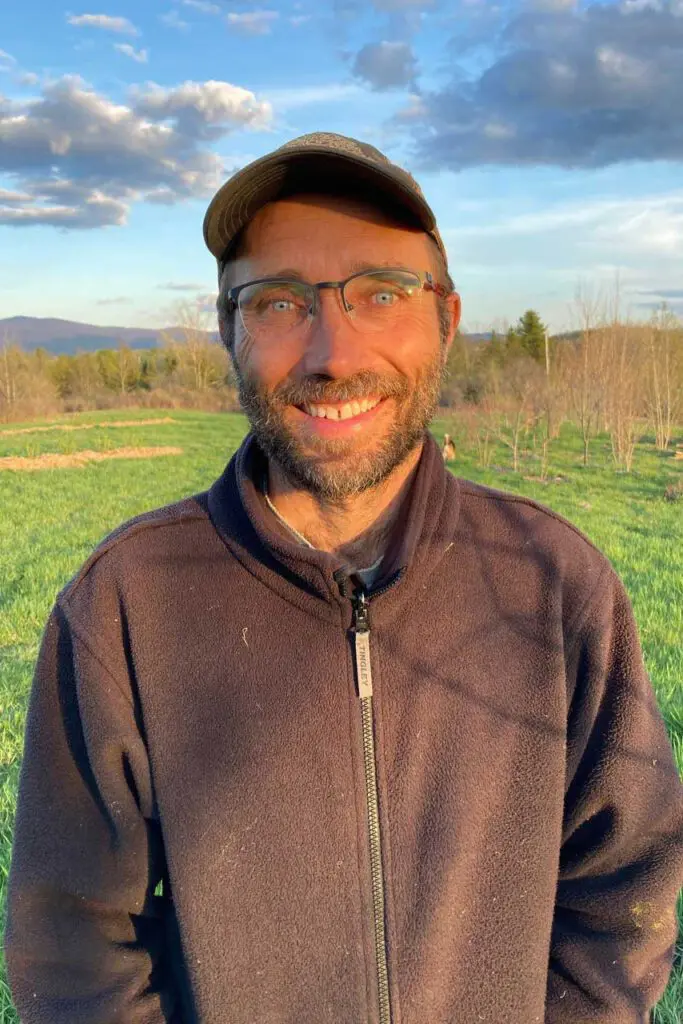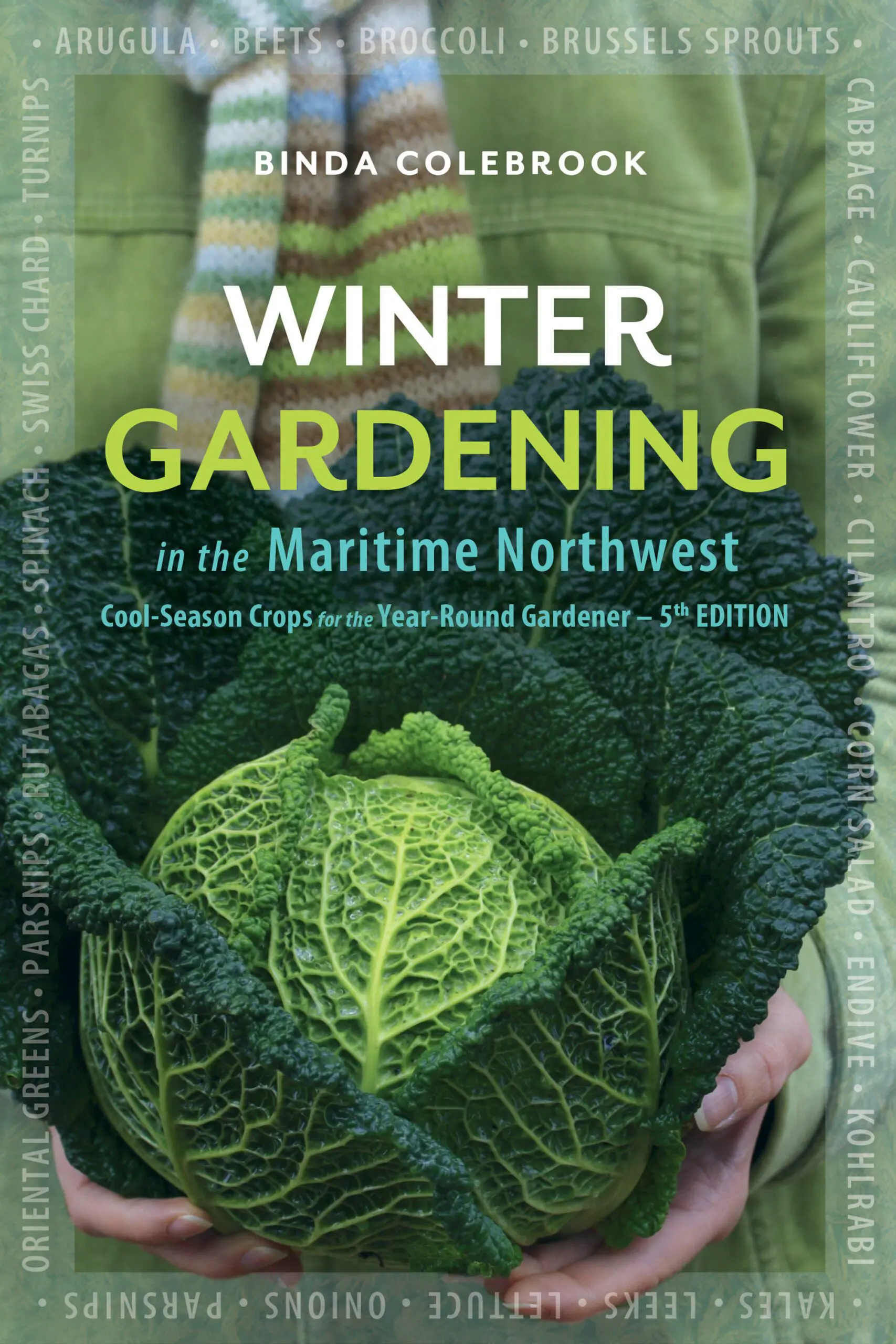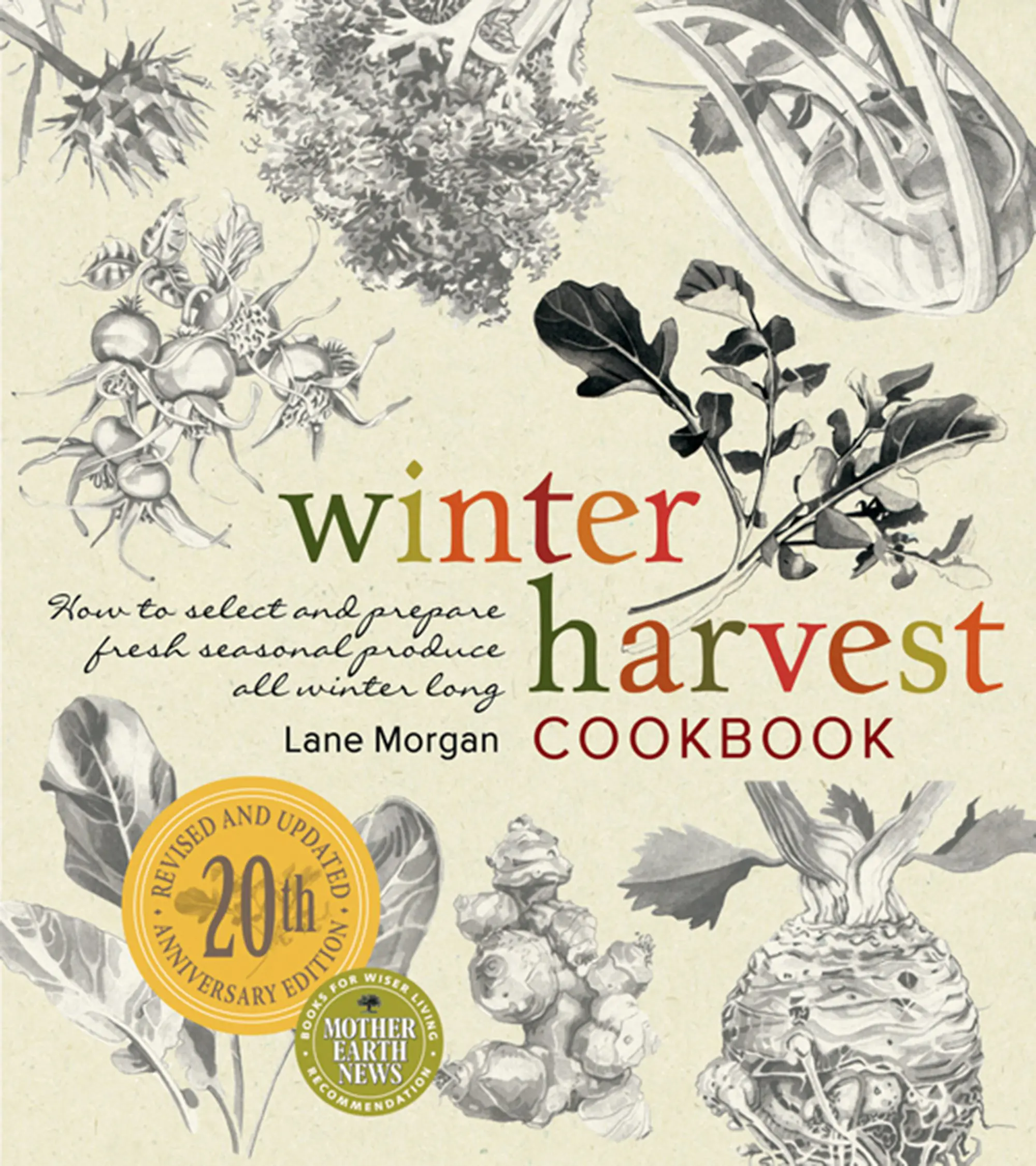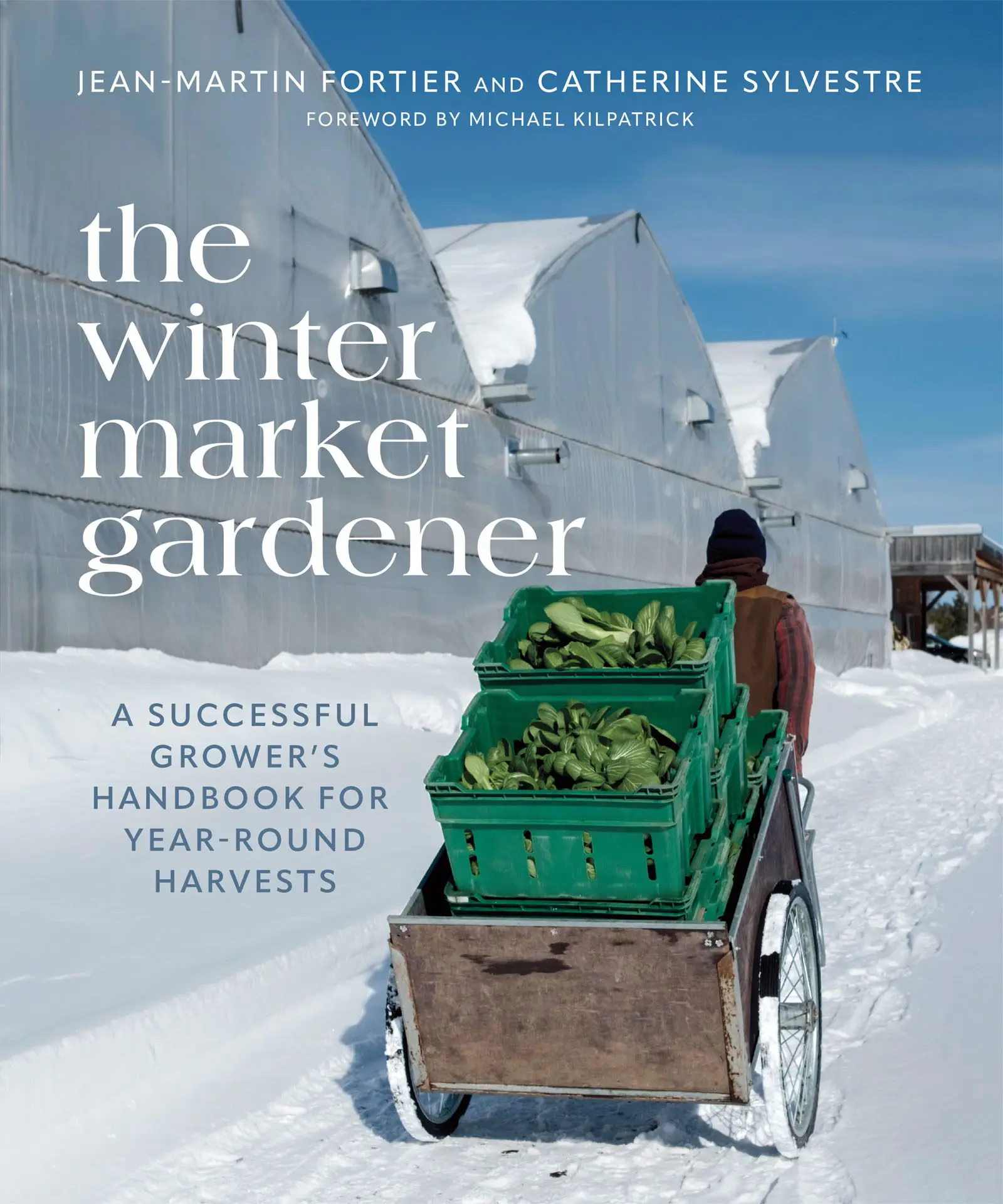
Coppice forestry has a rich history of providing a symbiotic, cooperative relationship between humans and forest ecosystems. While it is an ancient silvicultural practice, with Coppice Agroforestry, author Mark Krawczyk blends it with modern science, systems thinking, and tools to ground it firmly in the 21st Century.
Understanding its cultural history is an important piece in understanding how coppice continues to evolve to meet our needs. In an excerpt from his book, Mark Krawcyzk shares a brief overview of that rich history below.
A Cultural History of Coppice Agroforestry
Many mysteries lie deep in human history and prehistory. Ever wondered about the day-to-day realities of our ancestors from the modern era through prehistory? From clearing land for agriculture; to procuring fuel for warmth, cooking, and industrial production; to creating shelter, tools, and crafts; and weathering the effects of widespread shortage, the story of civilization has often run parallel to the story of their woodlands. While we’ll be forever left to ponder much of this story, historical records have left us scattered clues suggesting that the humble stump sprout has played a central role in the development, sustenance, and expansion of human cultures the world over since the Stone Age.
Take, for example, the fact that woody resprouting was once so common that it played a key role in the mythology of the Israelites. In fact, a derivative term, the Hebrew word netzer, meaning sprout or shoot, was used to name Nazareth, the childhood home of Jesus Christ, and to signify the Messiah himself. “The prophets, in speaking about the destruction and re-emergence of Israel, used the metaphor of Israel being like a tree that had been cut down, but which would sprout again. Israel would be led by a messianic figure called ‘the branch.’” Yet, though coppice was used to symbolize a figure central to much of Western civilization, our culture has largely forgotten about this ancient practice. Remembering this knowledge, and reviving and reinventing these practices for our times, could well play a key role in humanity’s future.
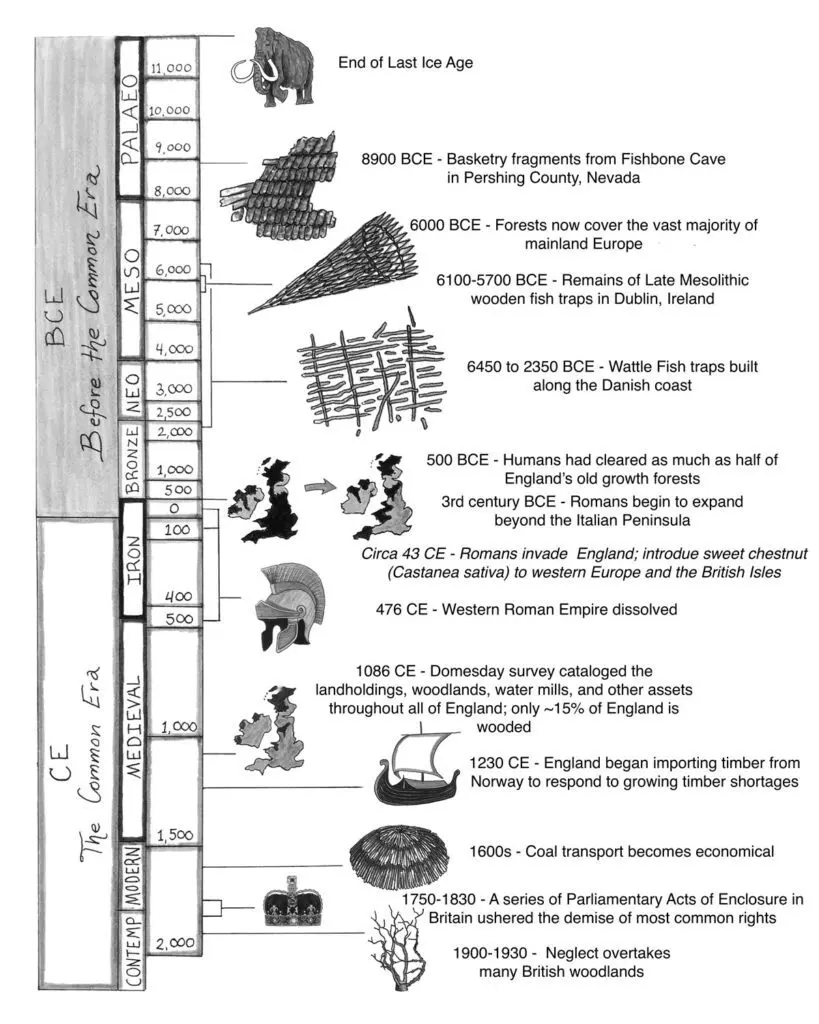
Humans have relied on forest resources for thousands, if not millions, of years. Cultures both ancient and modern require adequate wood supplies to meet a range of critical needs, to develop and expand. As civilizations grew, the means by which they met these needs changed as they used their woodlands—or used them up. On every inhabited continent, if human cultures didn’t learn to sustainably use forest resources, their civilization didn’t last, or they had to buy, beg, borrow, or steal wood from their neighbors. Archaeological work around the world provides evidence of forest management systems built on woody resprouts.
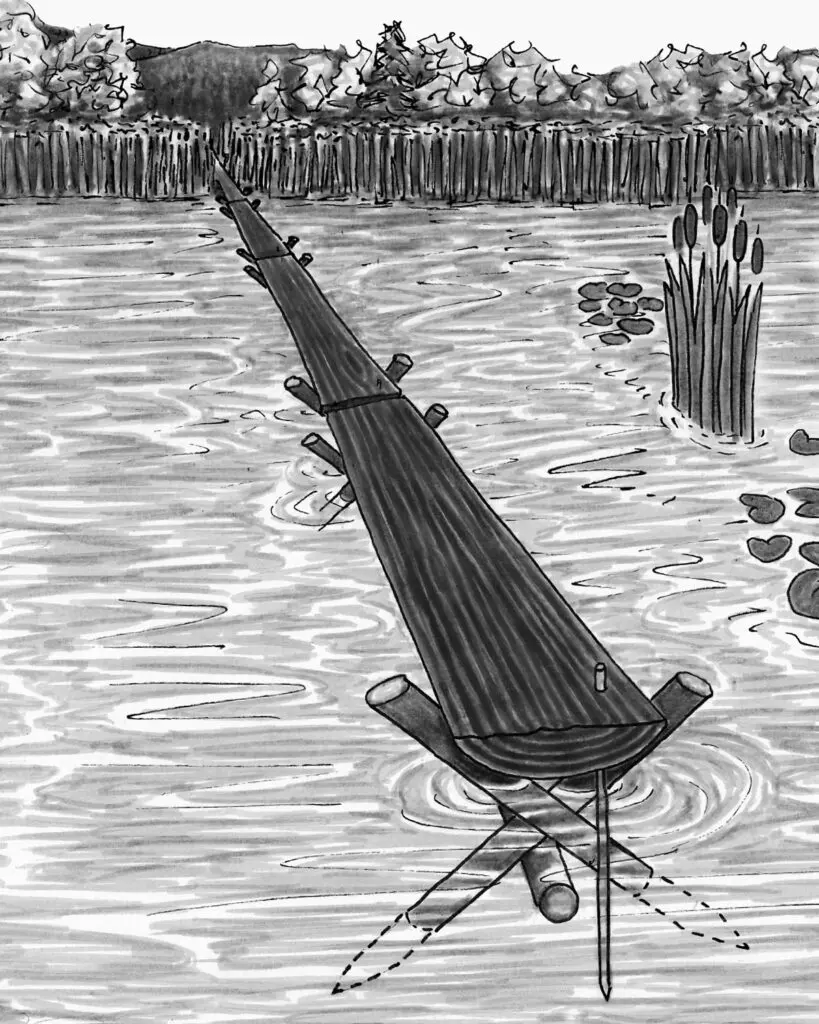
This chapter illustrates how humans have harnessed woody plants’ sprouting ability to meet their fundamental needs for millennia and how this relationship has in turn shaped their cultures. We see this relationship expressed in the crafts, buildings, lifestyles, land use and ownership patterns, livelihoods, and economics of societies stretching from prehistory to the modern era.
Yet, coppicing and coppice craft have mostly disappeared in the wake of industrialization. Clearly, Roger Miles is right: as the need and economic demand for woody sprouts declined, the practices vanished, and the rural land- scape changed, leaving their legacy shrouded in mystery. Understanding the historical relationships between human civilizations and resprouting trees and shrubs can help us envision how modern coppice management and the polewood economy might find a valued place in our culture, both today and in the future.
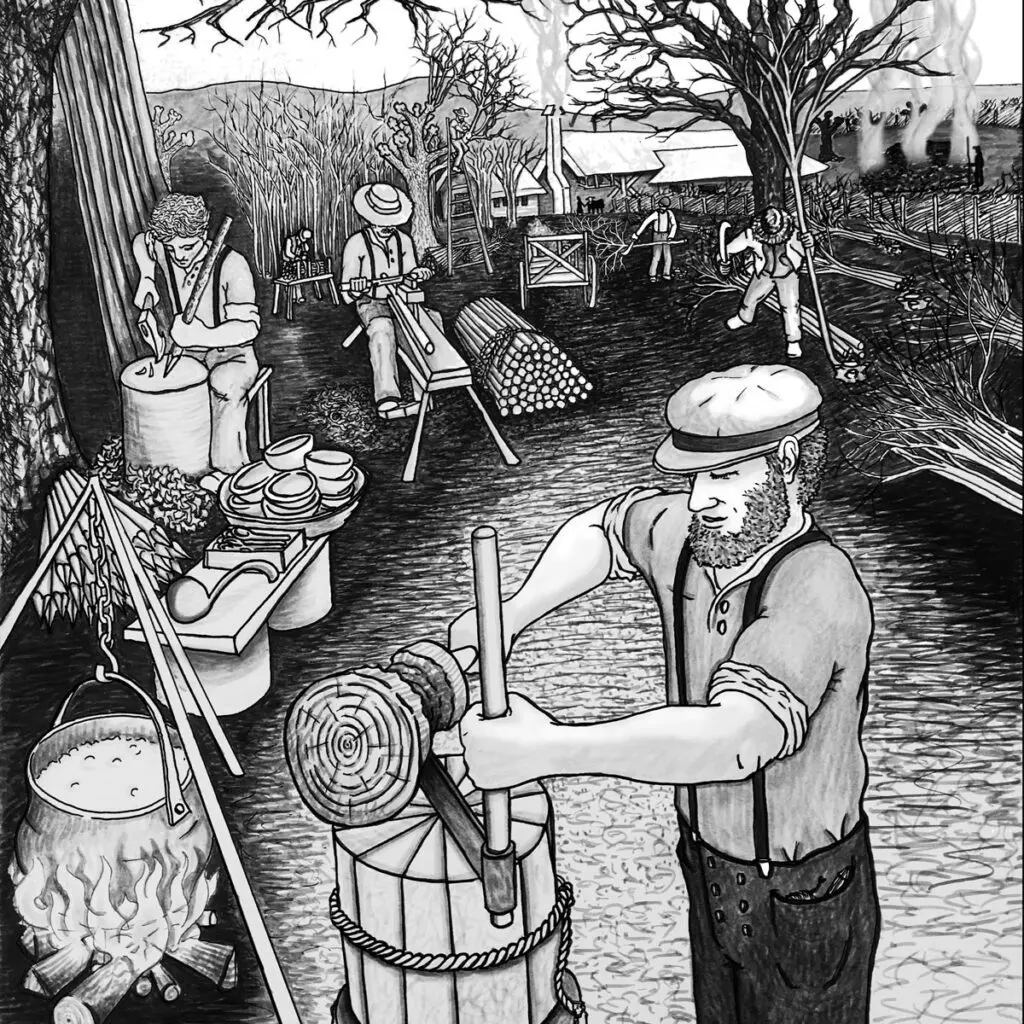
This chapter focuses on the coppice history of Europe, especially Britain, and North America. The burgeoning field of historical ecology informs this understanding of European landscape and land-use history. The availability of this information, along with the ecological similarities, make this information especially relevant to us here in North America. Most English-language resources describe British resprout silvicultural traditions. While this limits the geographical and cultural extent of our survey, these stories and examples illustrate at least some of the patterns, events, and dynamics that have driven woodland management during the past several thousand years all over the world.
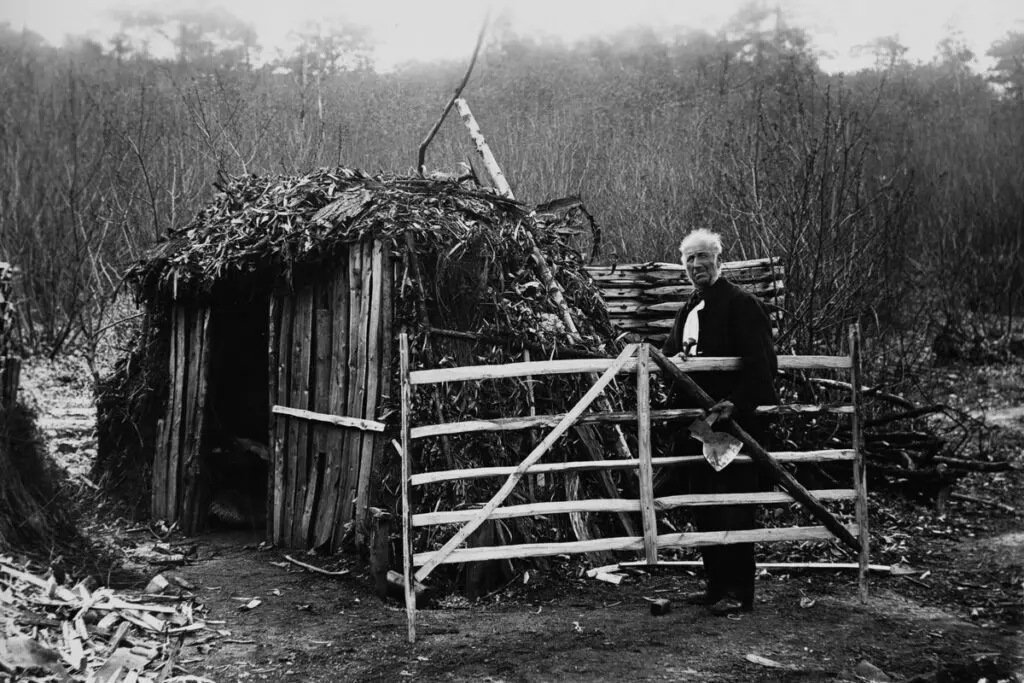
We begin by exploring prehistoric coppice husbandry in Europe and North America, then follow its evolution through Roman and medieval times, primarily in Europe, and conclude with a discussion of coppice in the modern era. What role did resprouts play in human history and cultural evolution? What were the ecological and social milieus within which coppice played a central part, and how did these milieus and resprout management influence each other? Besides the general historical interest, these past realities can teach us about ourselves and our current context and help inform useful design direction.
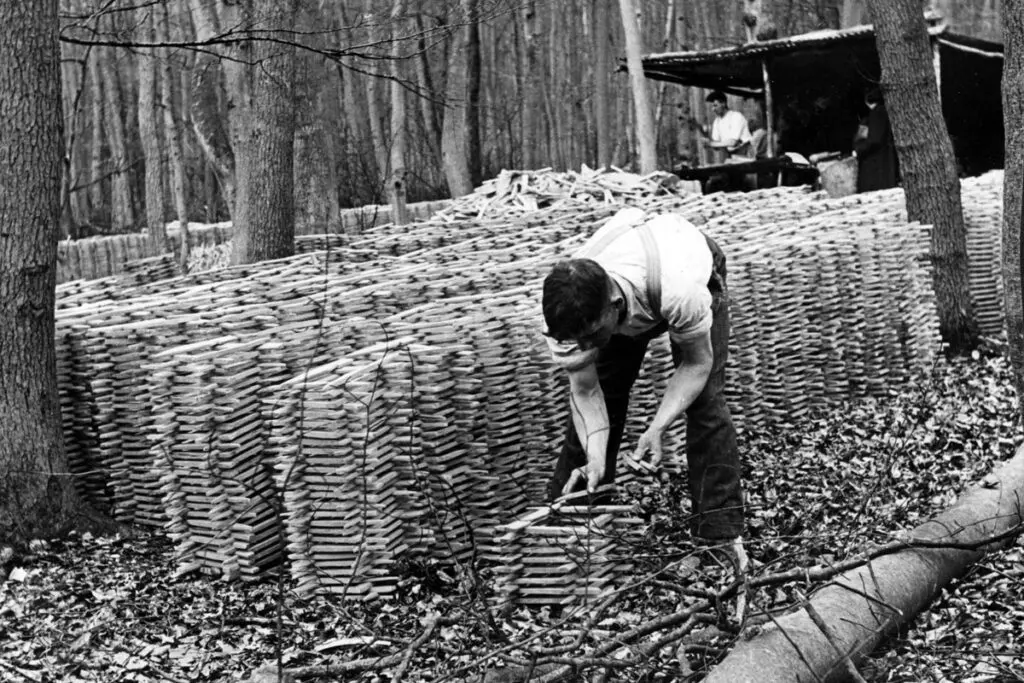
Remember, however, that even when historical records are available, the information is scant. “It is often quite difficult to discover the nature of many of the traditional practices of woodland management, such as coppicing, pol- larding, woodland grazing, making temporary arable fields, and the use of fire. This is partly because their very prevalence and normality meant that authors felt they did not need to comment on them.” By presenting even a modest sense of the realities on the ground through history, we can begin to envision wider possibilities.

